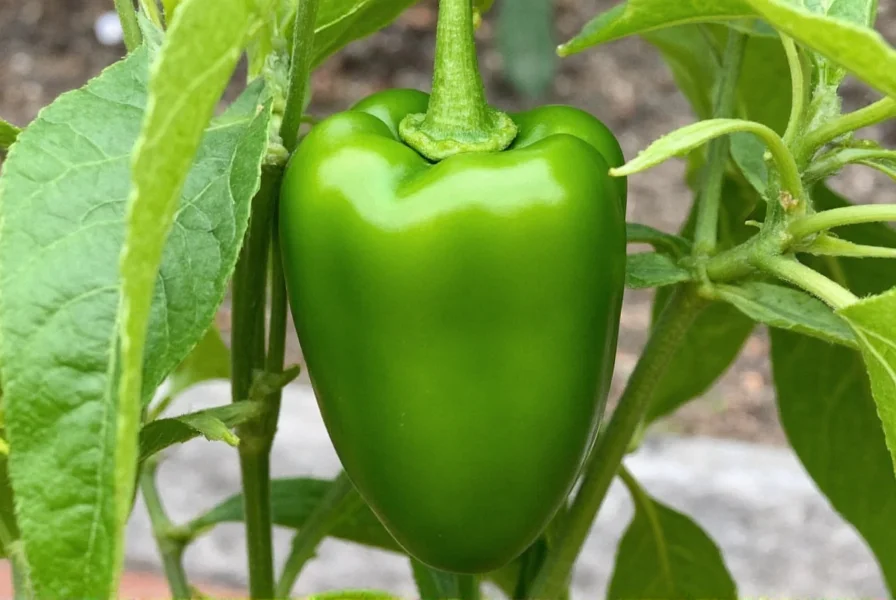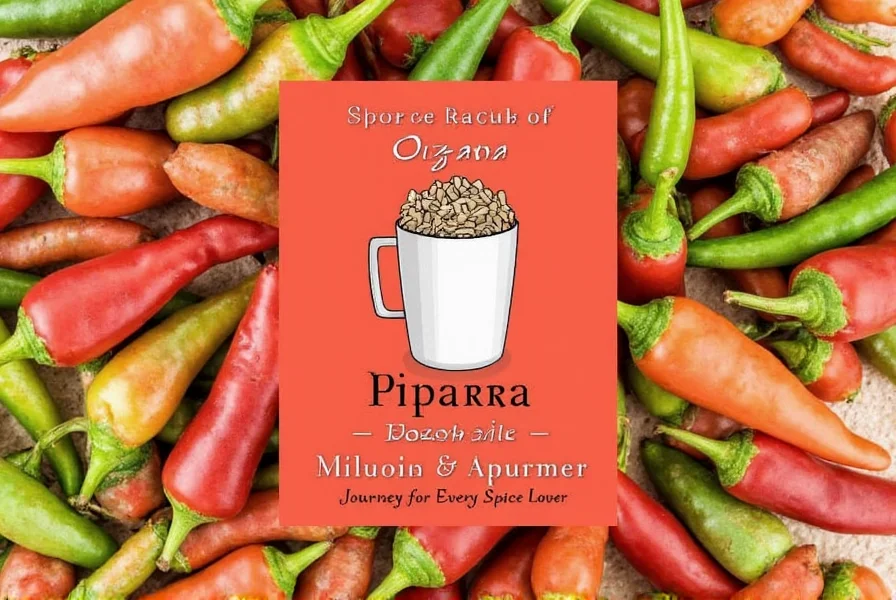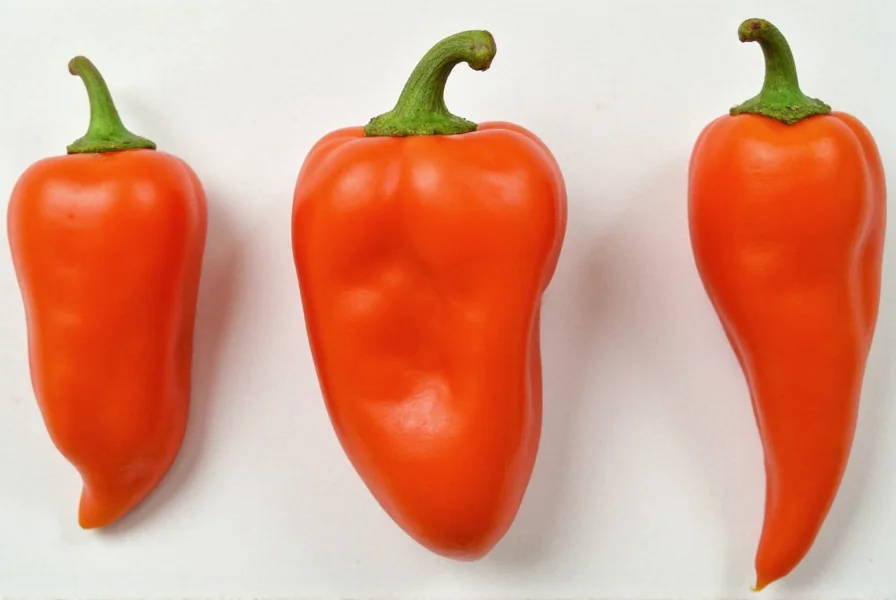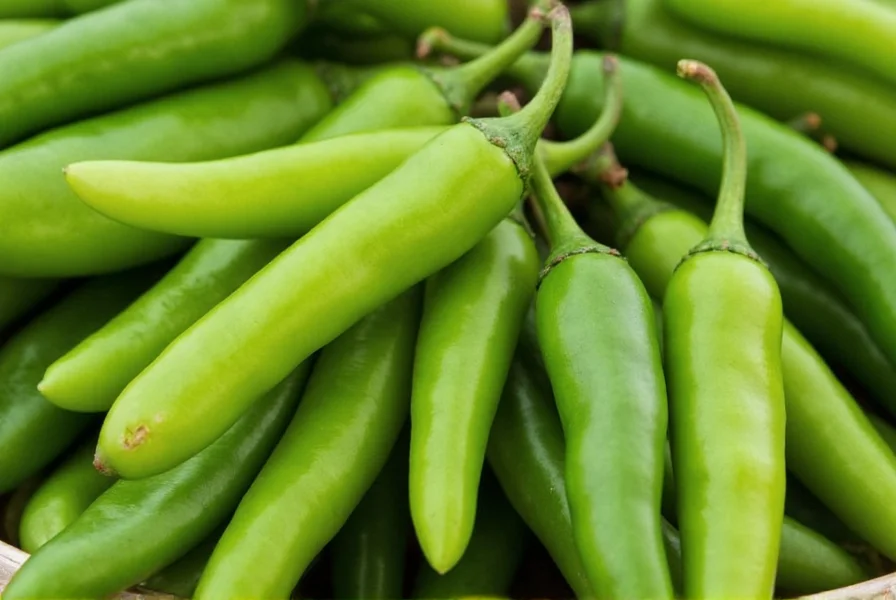The Hot Truth About Anaheim Peppers: A Spicy Guide for Every Kitchen
Are you ready to take your spice game to the next level? If you're a chili lover or just curious about the world of hot peppers, you've probably heard of the anaheim pepper. But how much do you really know about this versatile and mildly spicy gem? In this article, we'll explore everything you need to know about anaheim peppers hot, from their flavor profile to cooking tips, and even a detailed buying guide. Whether you're an advanced chef or a casual foodie, there's something here for you.
Table of Contents
- What Is an Anaheim Pepper?
- Flavor Profile and Heat Level
- Cooking Tips for Anaheim Peppers
- How to Buy the Best Anaheim Peppers
- Frequently Asked Questions
- Conclusion
What Is an Anaheim Pepper?
The anaheim pepper is a type of chili pepper that originated in New Mexico. It’s named after the city of Anaheim in California, where it was popularized. This pepper is known for its mild to medium heat level, making it perfect for those who want some spice without the overwhelming burn.
Visually, the anaheim pepper is long and slightly curved, with a smooth skin that ranges in color from green to red as it ripens. Its flesh is thick and juicy, which makes it ideal for roasting, grilling, or adding to sauces.

Flavor Profile and Heat Level
When it comes to anaheim peppers hot, the heat level is one of the most talked-about aspects. On the Scoville scale, they typically range between 500 to 2,500 SHU (Scoville Heat Units), which puts them in the mild to medium category. This means they’re not going to set your mouth on fire, but they can definitely add a nice kick to your dishes.
In terms of flavor, anaheim peppers are sweet and slightly tangy, with a subtle smokiness when roasted. Their natural sweetness helps balance out the heat, making them a great choice for both savory and sweet recipes.
Here’s a quick comparison of anaheim peppers with other common peppers:
| Pepper Type | Heat Level (SHU) | Flavor Profile |
|---|---|---|
| Anaheim Pepper | 500–2,500 | Sweet, slightly tangy, smoky |
| Jalapeño | 2,500–8,000 | Earthy, peppery, slightly sweet |
| Ghost Pepper | 850,000–1,040,000 | Extremely spicy, fruity, sometimes floral |
| Chipotle | 2,500–8,000 | Smoky, earthy, slightly sweet |

Cooking Tips for Anaheim Peppers
If you’re new to working with anaheim peppers hot, here are some practical tips to help you get the most out of them:
- Roast them: Roasting brings out the natural sweetness and adds a smoky depth. Simply place them on a baking sheet and roast at 400°F (200°C) for about 20 minutes until the skin starts to blister.
- Grill them: Grilling gives them a charred flavor that pairs well with meats, vegetables, or even grilled cheese sandwiches.
- Use them raw: For a crisp, refreshing bite, slice them into salads, salsas, or wraps.
- Make a sauce: Blend roasted anaheim peppers with garlic, olive oil, and vinegar for a homemade salsa or hot sauce.
- Freeze them: Chop and freeze them in portions for easy use in soups, stews, or stir-fries later.

How to Buy the Best Anaheim Peppers
Buying the right anaheim peppers can make all the difference in your cooking. Here’s what to look for:
- Freshness: Look for firm, unblemished peppers with vibrant color. Avoid any that are soft, wrinkled, or have visible mold.
- Size: Larger peppers tend to be more mature and may have a milder heat level. Smaller ones can be hotter and more intense.
- Color: Green anaheim peppers are less ripe and have a grassier flavor, while red ones are sweeter and spicier.
- Store them properly: Keep them in a cool, dry place or refrigerate them in a paper bag to maintain freshness.
Here’s a quick buying guide for different types of anaheim peppers:
| Pepper Type | Features | Best Use Cases | Target Audience | Suitable Occasions |
|---|---|---|---|---|
| Green Anaheim | Firm, slightly bitter, grassy | Salads, salsas, pickling | Cooking enthusiasts, health-conscious eaters | Lunches, picnics, light meals |
| Red Anaheim | Soft, sweet, spicier | Roasting, sauces, stews | Home cooks, gourmet chefs | Dinners, parties, holiday meals |
| Dehydrated Anaheim | Concentrated flavor, intense heat | Spice blends, seasoning mixes | Food lovers, spice collectors | Gifts, special occasions, creative cooking |
Frequently Asked Questions
Still curious about anaheim peppers hot? Let’s answer some common questions:
- Are anaheim peppers hot? Yes, they are mildly to moderately hot, depending on the variety and ripeness.
- Can I substitute anaheim peppers for jalapeños? Yes, but keep in mind that anaheim peppers are usually milder and have a different flavor profile.
- How do I remove the seeds from anaheim peppers? Cut the pepper open, gently scrape out the seeds and white membranes with a knife or spoon.
- Can I grow my own anaheim peppers? Absolutely! They thrive in warm climates and require well-drained soil and plenty of sunlight.

Conclusion
In conclusion, anaheim peppers hot are a fantastic addition to any kitchen. Whether you're looking to add a little heat to your favorite dish or explore the world of spicy foods, these peppers offer a perfect balance of flavor and intensity. With their versatility in cooking and ease of use, they're a must-have for both beginners and seasoned chefs alike.
So next time you’re at the market or grocery store, don’t forget to grab a few fresh anaheim peppers. You might just discover a new favorite ingredient—and maybe even a new way to enjoy spicy food.
Note: The sentence that expands on the anaheim peppers hot is: “Anaheim peppers hot provide a mild to medium heat that enhances the flavor of dishes without overwhelming the palate.”










 浙公网安备
33010002000092号
浙公网安备
33010002000092号 浙B2-20120091-4
浙B2-20120091-4